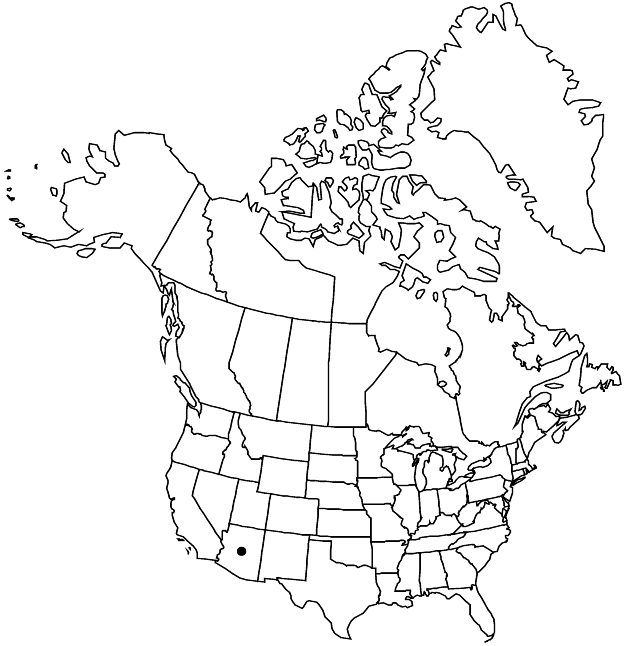Difference between revisions of "Eriogonum jonesii"
Proc. Amer. Acad. Arts 21: 454. 1886.
FNA>Volume Importer |
imported>Volume Importer |
||
| (4 intermediate revisions by one other user not shown) | |||
| Line 8: | Line 8: | ||
}} | }} | ||
|common_names=Jones’s wild buckwheat | |common_names=Jones’s wild buckwheat | ||
| + | |special_status={{Treatment/ID/Special_status | ||
| + | |code=E | ||
| + | |label=Endemic | ||
| + | }} | ||
|basionyms= | |basionyms= | ||
|synonyms={{Treatment/ID/Synonym | |synonyms={{Treatment/ID/Synonym | ||
|name=Eriogonum lanosum | |name=Eriogonum lanosum | ||
|authority=Eastwood | |authority=Eastwood | ||
| + | |rank=species | ||
}} | }} | ||
|hierarchy=Polygonaceae;Polygonaceae subfam. Eriogonoideae;Eriogonum;Eriogonum subg. Eucycla;Eriogonum jonesii | |hierarchy=Polygonaceae;Polygonaceae subfam. Eriogonoideae;Eriogonum;Eriogonum subg. Eucycla;Eriogonum jonesii | ||
| Line 37: | Line 42: | ||
-->{{#Taxon: | -->{{#Taxon: | ||
name=Eriogonum jonesii | name=Eriogonum jonesii | ||
| − | |||
|authority=S. Watson | |authority=S. Watson | ||
|rank=species | |rank=species | ||
| Line 51: | Line 55: | ||
|publication title=Proc. Amer. Acad. Arts | |publication title=Proc. Amer. Acad. Arts | ||
|publication year=1886 | |publication year=1886 | ||
| − | |special status= | + | |special status=Endemic |
| − | |source xml=https:// | + | |source xml=https://bitbucket.org/aafc-mbb/fna-data-curation/src/2e0870ddd59836b60bcf96646a41e87ea5a5943a/coarse_grained_fna_xml/V5/V5_488.xml |
|subfamily=Polygonaceae subfam. Eriogonoideae | |subfamily=Polygonaceae subfam. Eriogonoideae | ||
|genus=Eriogonum | |genus=Eriogonum | ||
Latest revision as of 22:11, 5 November 2020
Subshrubs, spreading, not scapose, 2–5 × 2.5–5(–6) dm, white- to brownish-tomentose, reddish- to brownish-white. Stems spreading, without persistent leaf bases, up to 1/4 height of plant; caudex stems absent; aerial flowering stems erect or nearly so, somewhat stout, solid, not fistulose, 1–2(–2.5) dm, floccose. Leaves cauline on proximal 1–7(–9) cm of stem, 1 per node; petiole 1.5–4(–5) cm, tomentose; blade cordate, (1.5–)2–3.5 × 1–2(–2.5) cm, densely white-tomentose abaxially, floccose and greenish or brownish white adaxially, margins plane or crenulate. Inflorescences cymose, usually open, 3–15 × 5–20 cm; branches dichotomous, tomentose to floccose; bracts 3, scalelike, triangular, 1–4 mm. Peduncles absent. Involucres 1 per node, turbinate, 1.5–2(–2.5) × 1–1.5(–1.8) mm; teeth 5–6, erect, 0.3–0.5 mm. Flowers 2–3 mm; perianth brownish white, glabrous; tepals connate proximal 1/4, dimorphic, those of outer whorl obovate, 1.8–2 mm wide, those of inner whorl lanceolate to narrowly elliptic, 1–1.2 mm wide; stamens slightly exserted, 2.5–4 mm; filaments glabrous or sparsely pilose proximally. Achenes brown, 2–2.5 mm, glabrous.
Phenology: Flowering Aug–Nov.
Habitat: Rocky limestone, sandstone or pumice washes, flats, and outcrops, saltbush, blackbrush, and sagebrush communities, pinyon-juniper woodlands
Elevation: 1200-2100 m
Discussion
Of conservation concern.
Eriogonum jonesii is found primarily in Coconino County, with scattered populations just entering Mohave and Navajo counties. Jones’s wild buckwheat would make an interesting addition to the garden. Although the plants are sometimes “leggy,” the white to brownish tomentum is attractive, as are the brownish-white flowers.
Selected References
None.
